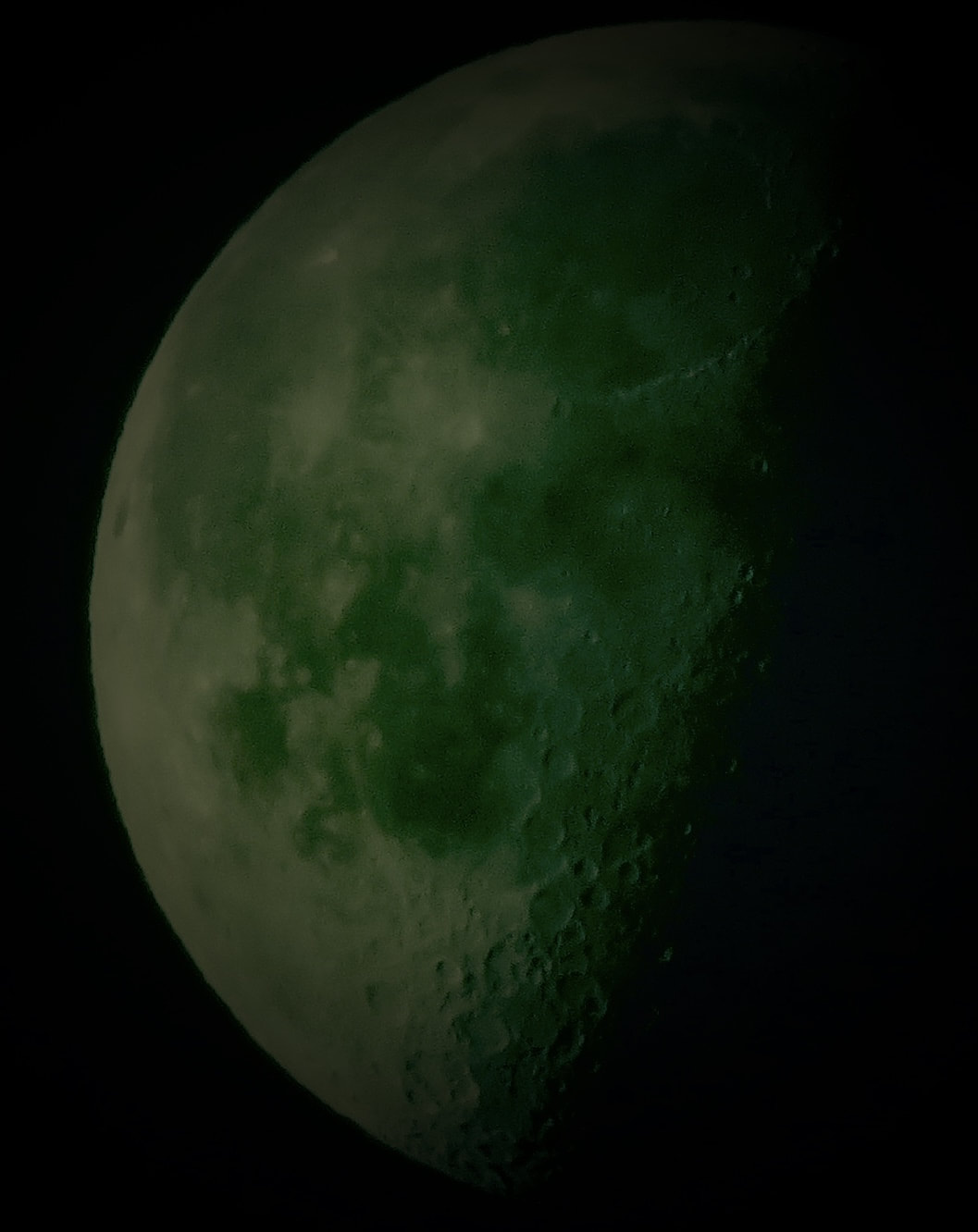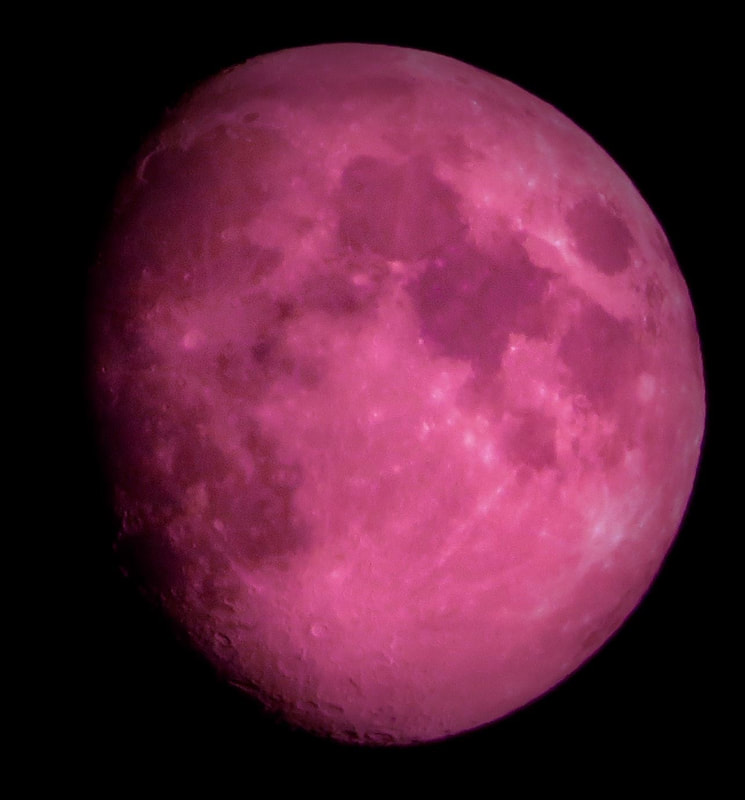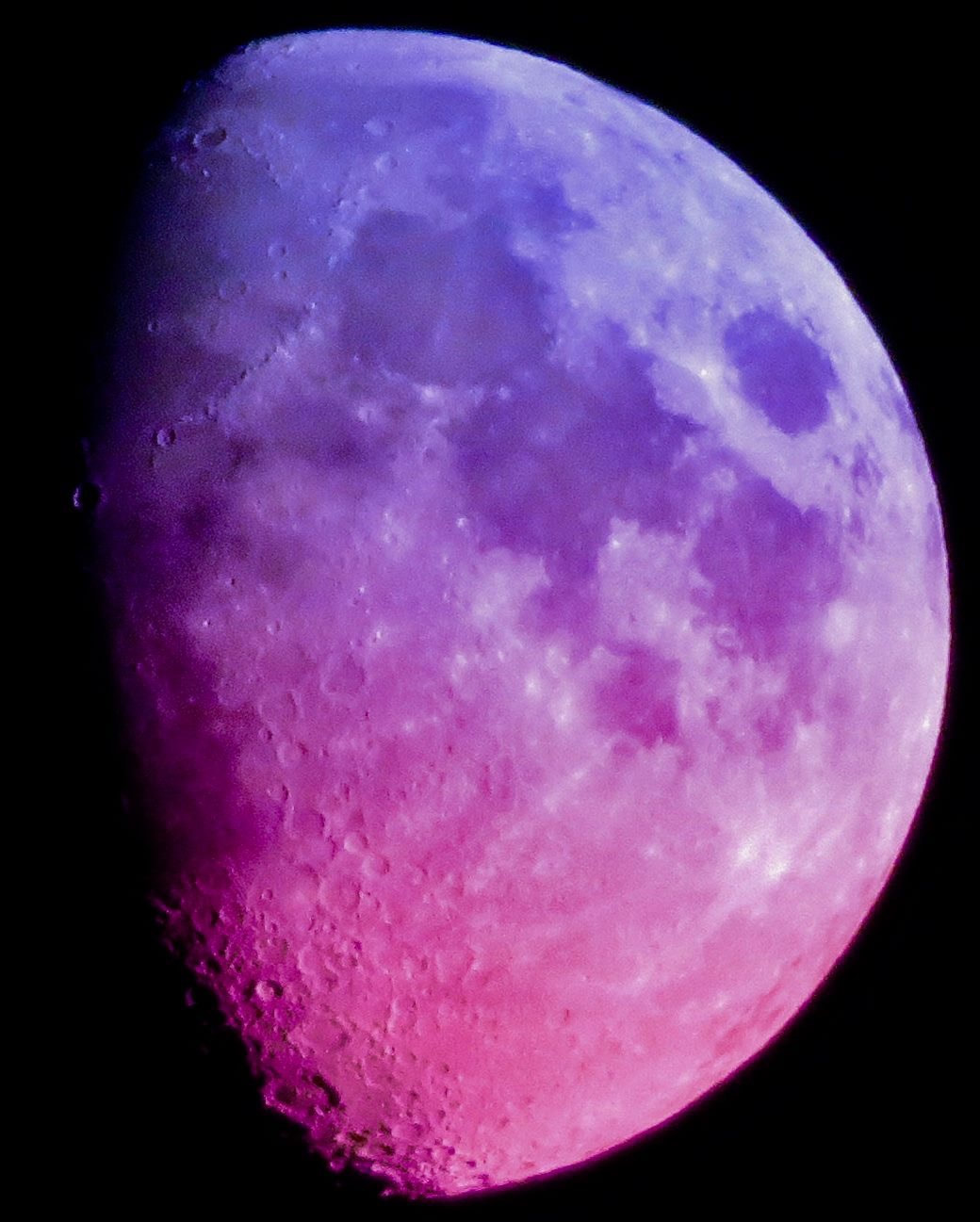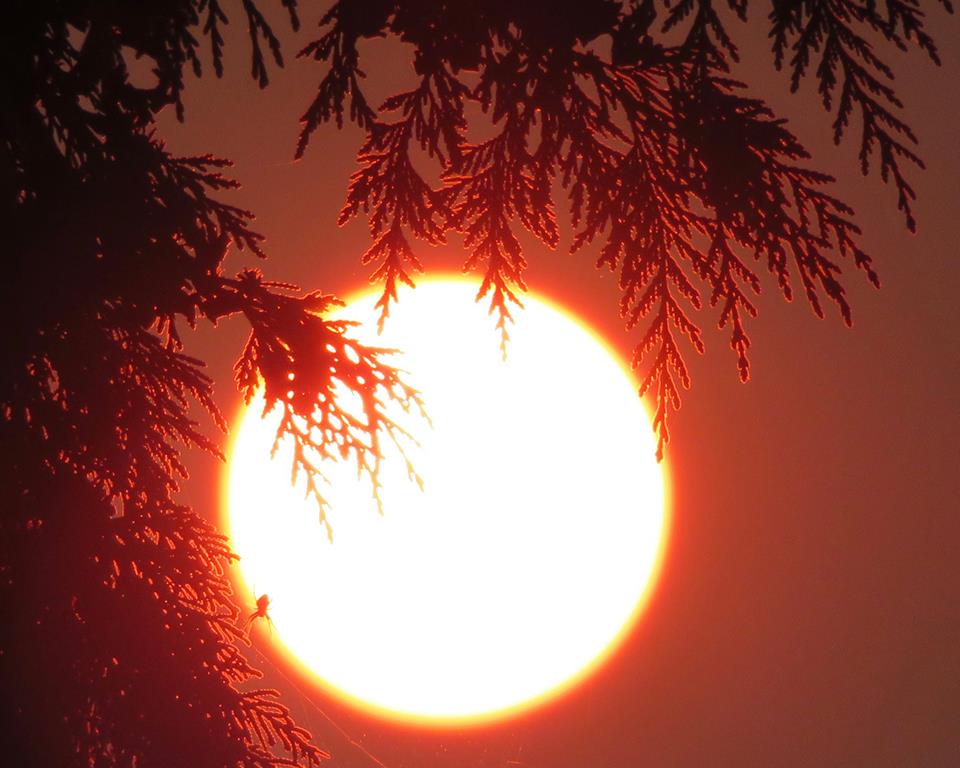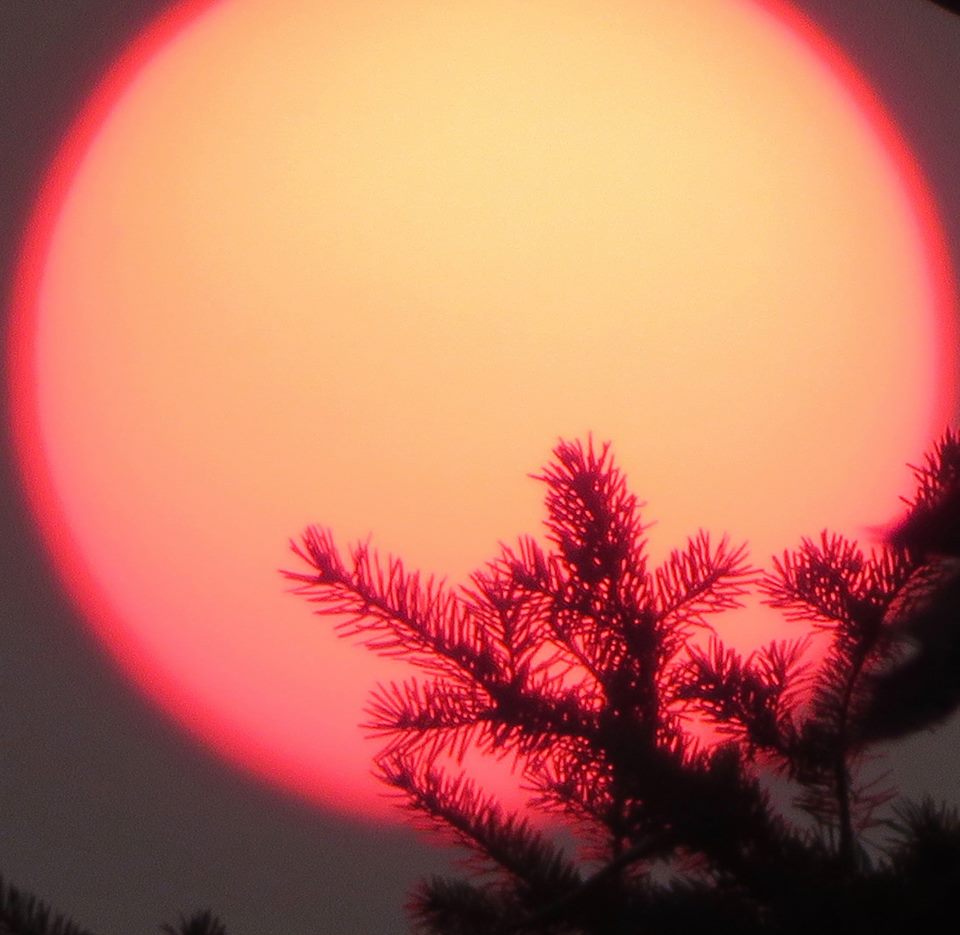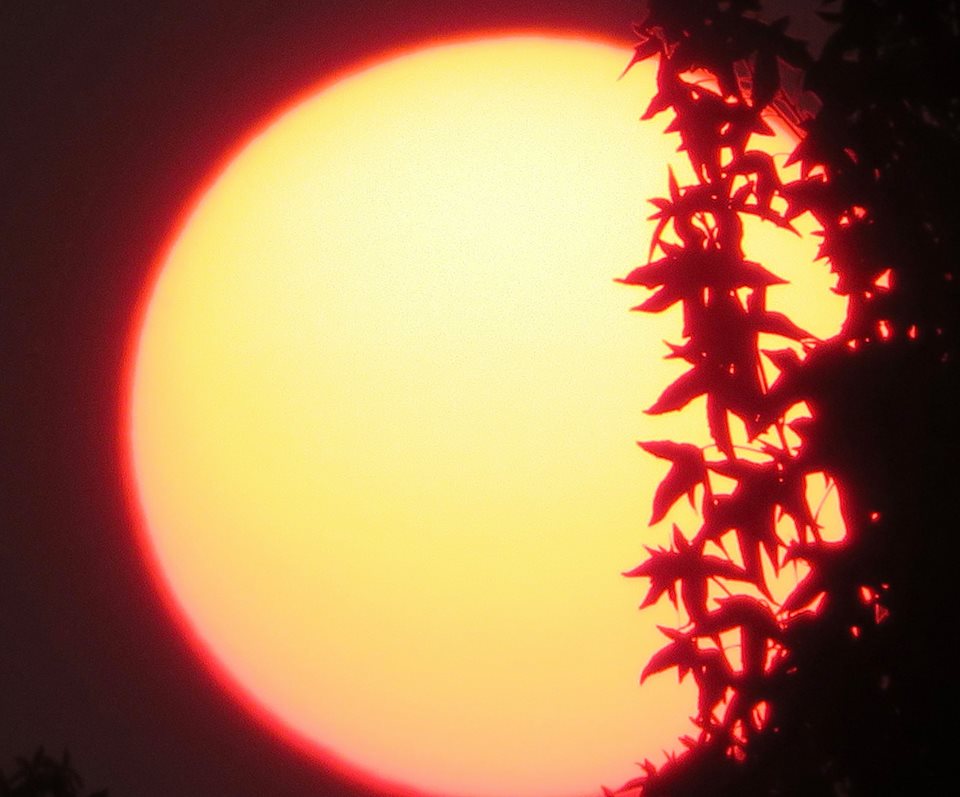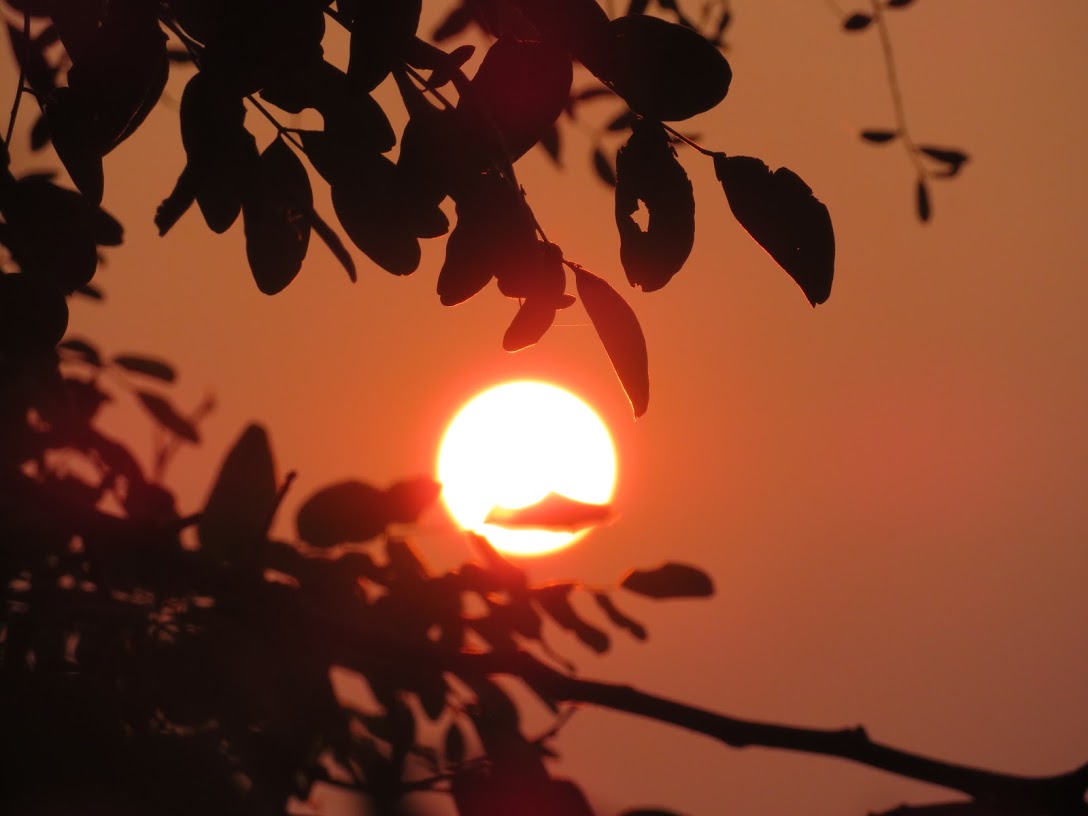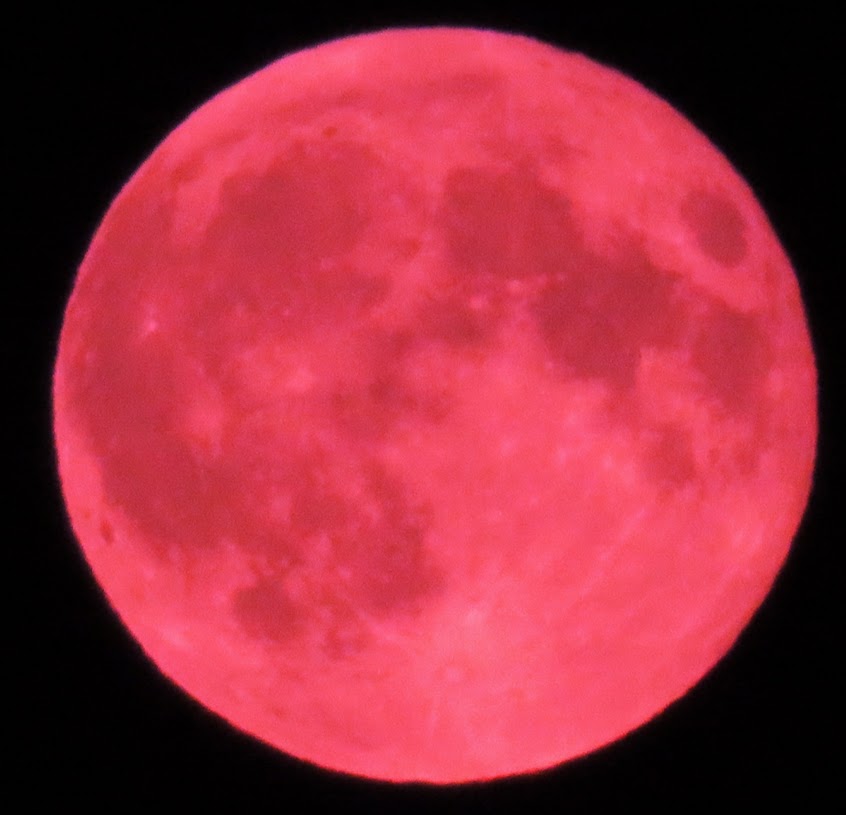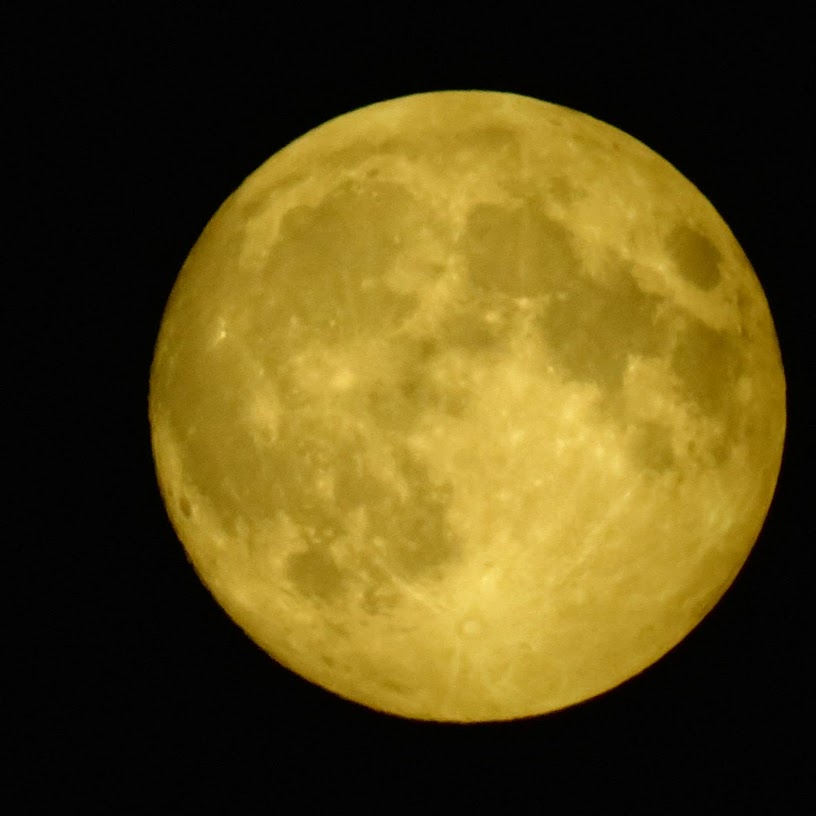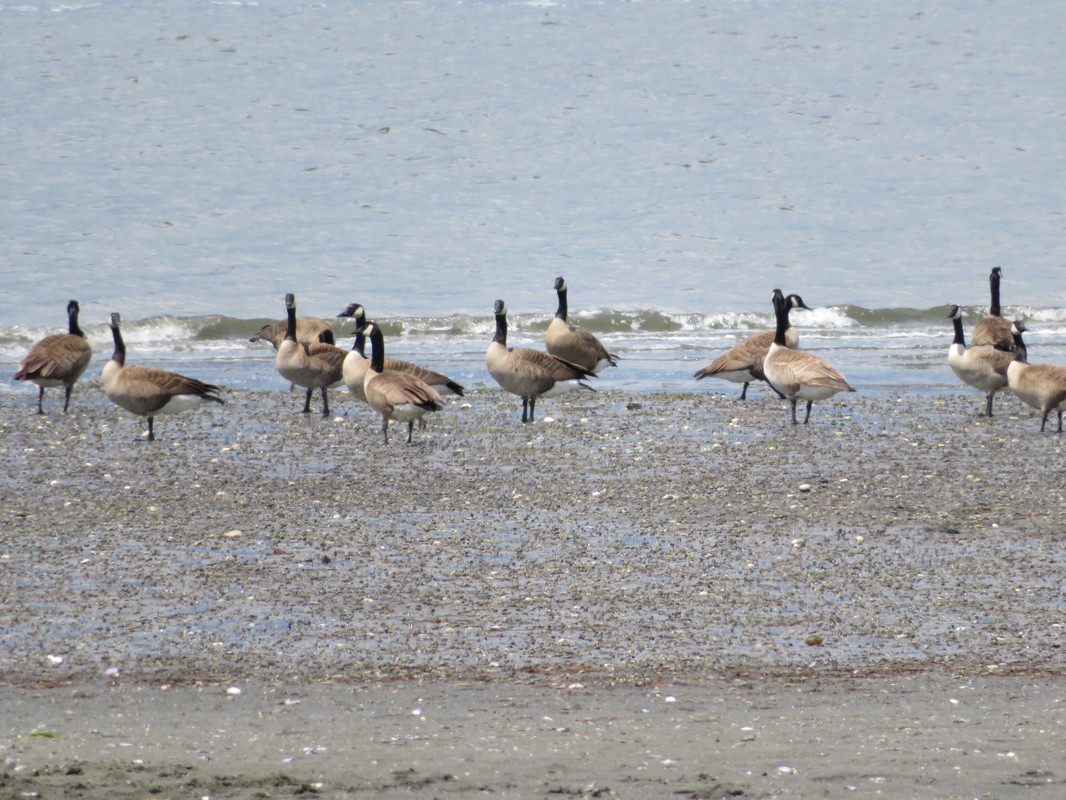|
Happy Navaratri, Durga Puja, Maha Vidya time, many systems simultaneously. It all depends on the level of the sadhaka or sadhika !
Traditional Way: Druga Puja Nava 9 Durga 1. Shailaputri - Sun 2. Brahmacharini - Saturn 3. Chandraghanta - Moon 4. Kushmanda - Jupiter 5. Skandamata - Mars 6. Katyayani - Venus 7. Kalaratri - Rahu 8. Mahagauri - Mercury 9. Siddhidatri - Ketu Devi Mahatmaya - 1st 3 days Kali, 2nd 3 days Laxshmi, 3rd 3 days Saraswati. Tantric Way: Nava Graha (planets) 1. Rahu - Dhumavati and Kali's black body. 2. Ketu - Chinnamasta and Kali's sword. 3. Shukra - Kamla and Kali's beauty. 4. Chandra - Lalita and Kali's severed head (ahamkara) 5. Surya - Bhuvaneshwari and Kali's maya. 6. Shani - Baglamukhi and Kali's tongue 7. Mangal - Bhairavi and Kali's tejas (radience) 8. Brihaspati - Tara and Kali's speech (her necklace of skulls or aksharas) 9. Matangi - Budha and Kali's third eye or transcendental wisdom Dasa 10 Maha Vidya (Tantric aspects of Kali)" 1. Kali - Saturn 2. Tara - Jupiter 3. Tripura Sundari - Mercury 4. Bhuvaneshwari - Moon 5. Bhairavi - Lagna 6. Chinnmasta - Rahu 7. Dhumavati - Ketu 8. Bagalamukhi - Mars 9. Matangi - Sun 10. Kamla - Venus Each system is interrelated! However, you can not compare apples to oranges, an each category has a specific purpose and it is easy to get confused. You must learn your categories by entering into Sadhana (practice) through the Lord of Categories Ganesha. Durga is Kali and Kali is Durga's other rupa (form). It is not one or the other, all are related. There are plants, flags and many karakas ( significators) for each category, Ganesha is the Lord of categories and Durga's son, no one can understand without getting past Lord Ganesha. It all can be complicated to understand the relations of all, it is not one is better than the other, it is what is your purpose for doing any of these practices? Each sadhana has a purpose. More to come over the next few days, this is just a simple touch of a huge indigenous practice that belongs to the people of India as they have preserved it for thousands of years, so that we many have a glimpse. This is by no means a complete picture. Ancient India as described by Ptolemy By J.W.McCrindle Published by Trubner & Co., London - 1885 Read Book Online: http://bit.ly/PwDsUe Download pdf Book: https://bit.ly/30HwvsU Biography: Claudius Ptolemy (fl. AD 127-145) was an ancient geographer, astronomer, and mathematician. He is known today through translations and transcriptions of his work, but little is known about his life besides his residence in Alexandria. Several of his works are still known today, although they have passed through several alterations and languages over the centuries. The Almagest, in thirteen books, discusses astronomy. It is in the Almagest that Ptolemy postulates his geocentric universe. His geometric ideas are contained in the Analemma, and his optical ideas were presented in five books known as the Optica. His geographic and cartographic work was immensely influential. In the Planisphaerium, Ptolemy discusses the stereographic projection. Perhaps his best-known work is his Geographia, in eight books. However, Ptolemy’s ideas had been absent from western European intellectual history for roughly a thousand years, although Arab scholars interacted with his ideas from the ninth century onward. In 1295, a Greek monk found a copy of Geographia in Constantinople; the emperor ordered a copy made and the Greek text began to circulate in eastern Europe. In 1393, a Byzantine diplomat brought a copy of the Geographia to Italy, where it was translated into Latin in 1406 and called the Cosmographia. The manuscript maps were first recorded in 1415. These manuscripts, of which there are over eighty extant today, are the descendants of Ptolemy’s work and a now-lost atlas consisting of a world map and 26 regional maps. When Ptolemy’s work was re-introduced to Western scholarship, it proved radically influential for the understanding and appearance of maps. Ptolemy employs the concept of a graticule, uses latitude and longitude, and orients his maps to the north—concepts we take for granted today. The Geographia’s text is concerned with three main issues with regard to geography: the size and shape of the earth; map projection, i.e. how to represent the world’s curve proportionally on a plane surface; and the corruption of spatial data as it transfers from source to source. The text also contains instructions as to how to map the world on a globe or a plane surface, complete with the only set of geographic coordinates (8000 toponyms, 6400 with coordinates) to survive from the classical world. The Earliest Obtainable Map of Southeast Asia, India, etc. Important early map of the Indian Ocean and Southeast Asia, first published in the 1478 Rome edition of Ptolemy's Geography, Claudii Ptholomei Alexandrini. Cosmographia..., created under the direction of Conrad Swenheym (who apprenticed with Guttenberg) and published after Swenheym's death (1477) by Arnold Buckinck. The map illustrates one of the greatest of the Ptolemy errors, the belief that a southern continent existed, which counter-balanced the weight of the land-masses in the northern hemisphere, to keep the earth stable on its axis. The present map illustrates a portion of the landlocked Indian Ocean, including much of the Indian Ocean (Indicum Mare), as it had been mapped by Ptolemy. Image and text credit: Barry Lawrence Ruderman Antique Maps Inc. Thanks to Rare Book Society! https://www.rarebooksocietyofindia.org It is my belief and study that the timing of the Ramayana is important to stop wild claims by certain scholars of where Shiva first was worshiped in India. Ravana was the greatest devotee of Shiva, he has a kingdom in India now called Sri Lanka, it is said he flew in flying machines. Through the keys of Jyotish (Vedic Astrology) coded in the Ramayana the Astro Archeologists the world has the best chances at timing of the Ramayana and the Mahabharata. There are many ancient cultures throughout India and no one place is the originator or as new scholars are trying to prove, this is all so ancient. Trying to find the keys of a MYSTICAL tradition is like try to write while blind, mystical subjects are just that Mystical and trying to dig only through modern science or translations of texts is useless. One must look with their inner eye and see for oneself Lumueria and Atlantis, there is a reason humans still mention and write about these ancient advanced civilizations and why they were destroyed and disappeared so long ago. I believe South India (Sri Lanka now) was Lumueria and that is where Ravana lived, long long before Harappa. Although it is said, Ravana flew to Mount Kailash and I am sure maybe around the world. https://en.wikipedia.org/wiki/Lemuria_(continent) https://www.rarebooksocietyofindia.org/postDetail.php?id=196174216674_10152962830606675 Thanks to Rare Book Society and Archive.org Vaimanika Shastra By Pandit Subbaraya Shastry Translated by G.R.Josyer Printed at The Coronation Press, Mysore - 1973 The Vaiminika Shastra ( , lit. "shastra on the topic of Vimanas"; sometimes also rendered Vimanika, Vymanika) is an early 20th century Sanskrit text on aeronautics obtained by psychic channeling and automatic writing. It makes the claim that the vim?nas mentioned in ancient Sanskrit epics were advanced aerodynamic flying vehicles, similar to a rocket. The existence of the text was revealed in 1952 by G. R. Josyer who asserted that it was written by Pandit Subbaraya Shastry (1866-1940), who dictated it during the years 1918 - 1923. A Hindi translation was published in 1959, while the Sanskrit text with an English translation was published in 1973. It contains 3000 shlokas in 8 chapters which Shastry claimed was psychically delivered to him by the ancient Hindu sage Bharadvaja.The text has gained favor among proponents of ancient astronaut theories. - Wiki Read online: http://bit.ly/1BEu19N Download pdf Book: http://bit.ly/1IjvXGN It might be appropriate to read the scientific opinion on this work by five scientists of The Indian Institute of Science, published in 1974: Scientific opinion: A critical study of the work - VYMANIKA SHASTRA By H.S.Mukunda, S.M.Deshpande, H.R.Nagendra, A.Prabhu and S.P.Govindaraju Indian Institute of Science, Bangalore - 1974 Read and download pdf: http://bit.ly/13Licfs https://www.rarebooksocietyofindia.org |
Trishula Sandra Das
Mirror of the Sky Blog Coming soon, I will be giving Vedic Astrology, updates, teachings and remedial measures. Practitioner of Jyotish, Yoga, Tantra, Ayurveda, Shakti Sadhana, Bhakti Yogi for 50 years. ~ VedicAstrologer ~ ~ Researcher East & Western Wisdom, Past Life Regression, Mysticism ~ for over 50 years ~ Mind Body Soul~ Believer in Love, Humanity, Peace, freedom & Soul Mates ~ Baul Scholar ~ ~ Qigong Master ~ ~ MOTHER ~ ---------------- Archives
March 2022
Trishula Musings:Jyotish also called Vedic Astrology, Indian Astrology, is an ancient science and art of Light. October 2012
Jupiter -Rahu -Nakshatra Shakti's -Vastu -September 2012 -36 Tattva's of Sankhya Philosophy -planets and body parts -Nakshatra's & Vishnu Shasranmam Strotram -Vishvakarma Chitra Deity -Sun's Day.. Sunday -Lord Soma (Chandra) Moon -Picture of Lord Chandra August 2012 -Deities of the Planets -Adhika Maasa -Yamaraj -Jyotish Update -Saurn Lord Shani -Sanskrit names for the planets. June 2012 Kriyamana Karma May 2012 Solar Eclipse Video Shani Dev Katha Video Shani Navagraha Strotram Solar Eclipse Lineup April 2012 Mars In Leo February 2011 Jupiter Guru Lord Ganesha September 2011 Panchanga Jyotisha Reading January 2011 Lord Shani Why me?? FEBRUARY 2011 The Date Mahabharata War Categories
All

All of the below MOON and SUN -Photos by Trishula Das, all rights reserved, copyright |
| Goddess Vidya |
|







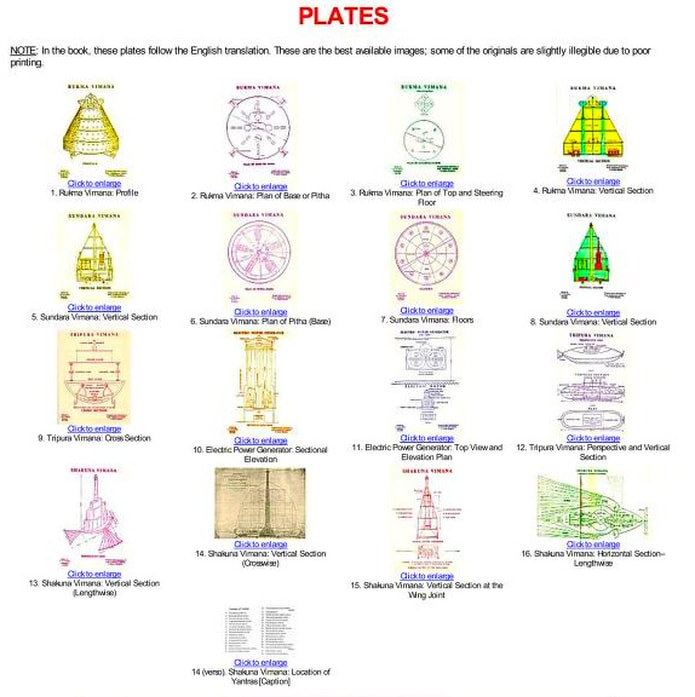






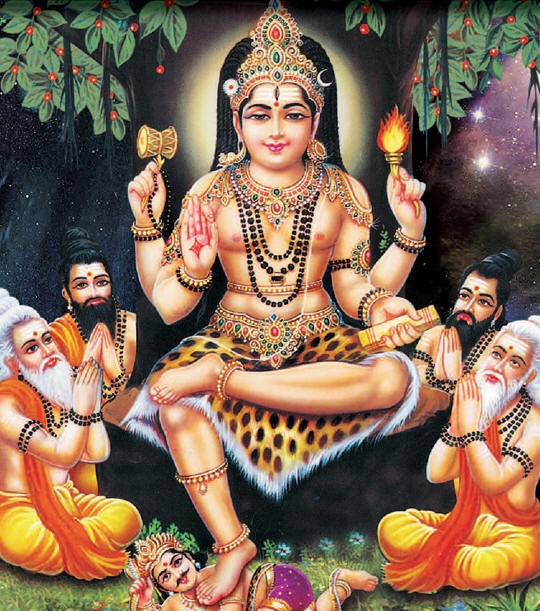



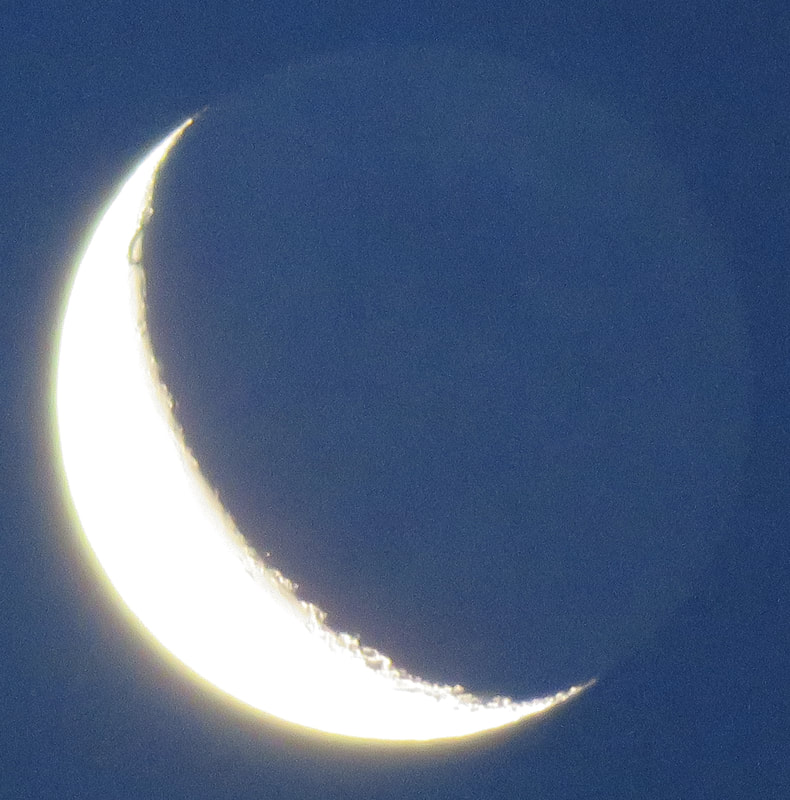











 RSS Feed
RSS Feed






























